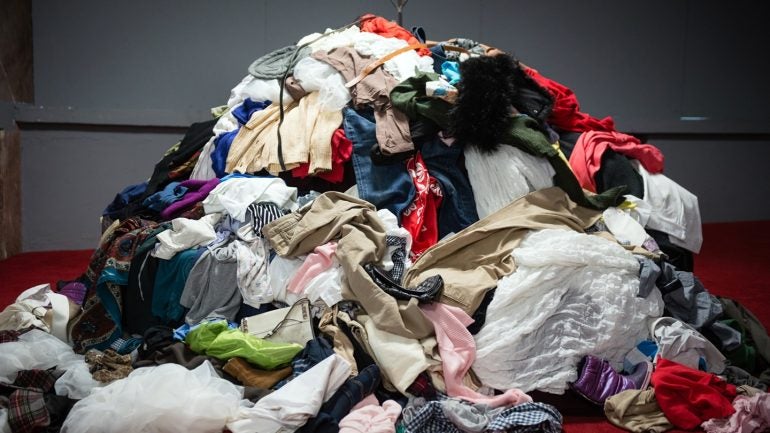The global apparel industry is witnessing a significant shift as China's once-dominant position wanes amid rising costs and regulatory challenges, explains trade credit insurance firm Coface.
This trend, coupled with potential changes in US trade policy, is reshaping the landscape of clothing production worldwide.
China's stronghold on the global clothing export market has decreased from a commanding 54% in 2010 to 41% in 2023. This decline is attributed to several factors, including the country's focus on low-paying subcontracting work for Western brands.
Despite housing 19% of global apparel companies, Chinese firms have only garnered 10% of the sector's profits between 2020 and 2024.
The continuous increase in wages in China, averaging a 6% increase per year since 2010, has further eroded its competitive edge. A US worker, who in 2000 earned 18 times more than a Chinese counterpart, now earns only 4.6 times more. New environmental regulations have also contributed to higher production costs, signalling a potential exhaustion of the Chinese apparel manufacturing model.
Coface's analysis suggests that South and Southeast Asian countries, including Bangladesh, Cambodia, Pakistan, Vietnam, and India, are poised to capture market share in a scenario of uniform customs duties. India, in particular, could leverage its expansive domestic market.
European nations like Albania and Georgia, as well as El Salvador, could benefit from post-Covid supply chain relocations.
In a reciprocal customs duty scenario, where the US imposes differentiated tariffs, Bangladesh's competitive advantage would likely persist due to its low reliance on the US market and strong EU connections.
Conversely, Vietnam, Lesotho, and Jordan might face reduced competitiveness. European countries could emerge with a relative advantage, benefiting from lower tariffs and minimal exposure to the US market, unless tariffs unexpectedly rise to 50%, as previously threatened by US President Donald Trump.









